In Focus - Åsa Johannesson Posted On 3rd March 2022 To Magazine & In Focus

We hadn't seen much of Asa's work when she was nominated by Melanie King but we're so glad that she bought her to our attention. We hope that you enjoy her images and finding out more about them.
Section 1 - Background
Share your favourite image / print shot on ILFORD film and tell us what it means to you?
I use a large format monorail camera and shoot on Ilford HP5 Plus 5x4” sheet film. This photograph was shot in Italy during an artist residency at the British School at Rome in 2016. I went there to study the relation between figurative sculpture and photographic studio portraiture in the context of queer representation.
The photographs I enjoy the most from this residency are the ones that blur the boundaries between statue and human. This image is titled Figural, Figurative (informed by the philosopher Jean-François Lyotard’s writing). I love how the monochrome film has transformed the marble statue into an ambiguous, queer, figure of light, shadow and beauty.
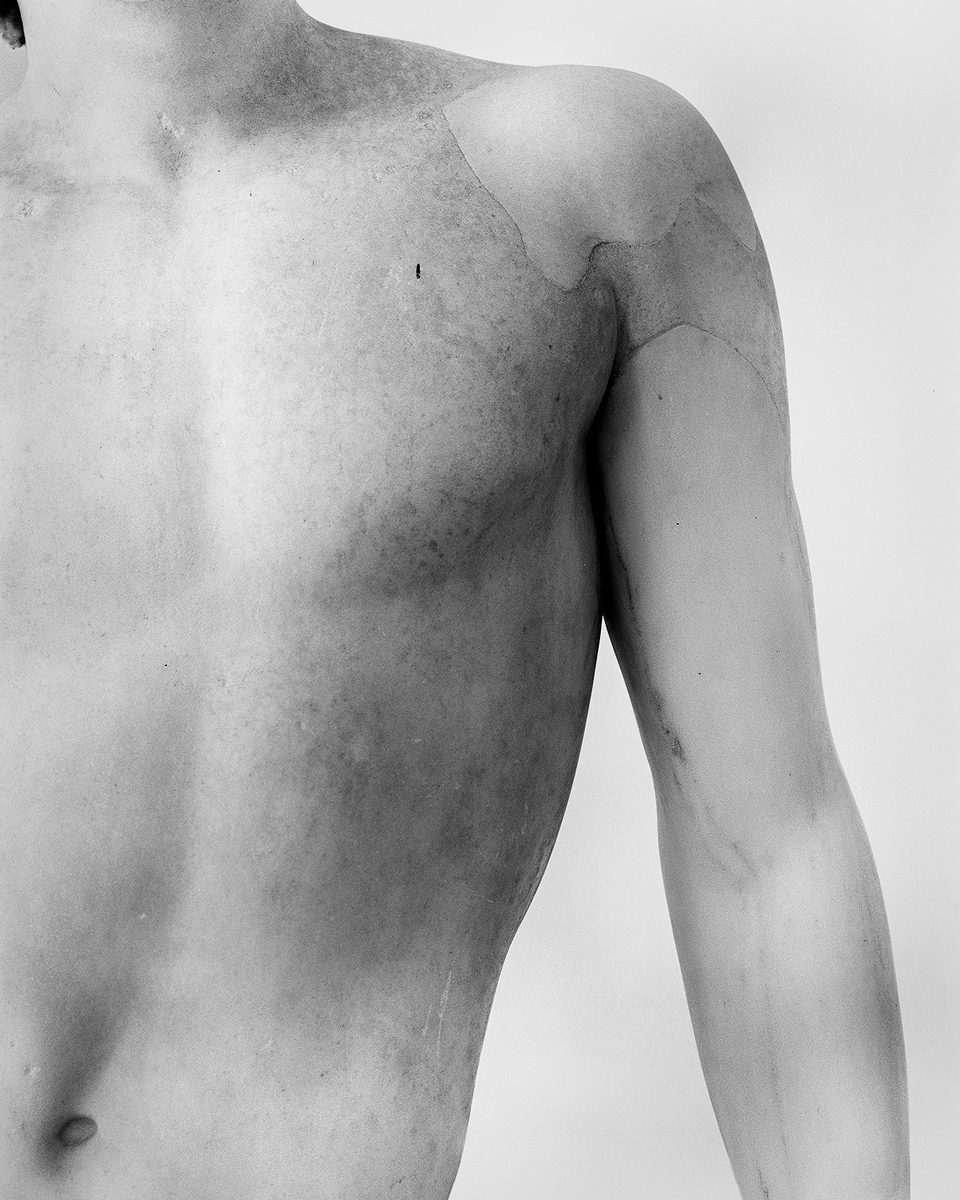
Figural, Figurative from The Queering of Photography (2016) shot on Ilford HP5 Plus
Just in case anyone doesn’t know who you are or what you do can you give us the overview?
I’m a Swedish London based artist working with large format photography and for the past 15 years I have mainly taken photographs of people identifying as queer. Exploring the boundaries of identity politics and queer aesthetics in photography is something that interests me.
I like to think of photography making as a performative act. Monochrome aesthetics informs my interest in a formal visual language. I’m interested in what the photographic image becomes of in terms of texture, scale, palette and surface. I've produced photographic projects that draw from historical photographic representations of Otherness, traditional studio portraiture, and personal narratives surrounding my own tomboy and twin identity.
I have an MA and a PhD from the Royal College of Art I’m a Senior Lecturer in Photography at the University of Brighton.
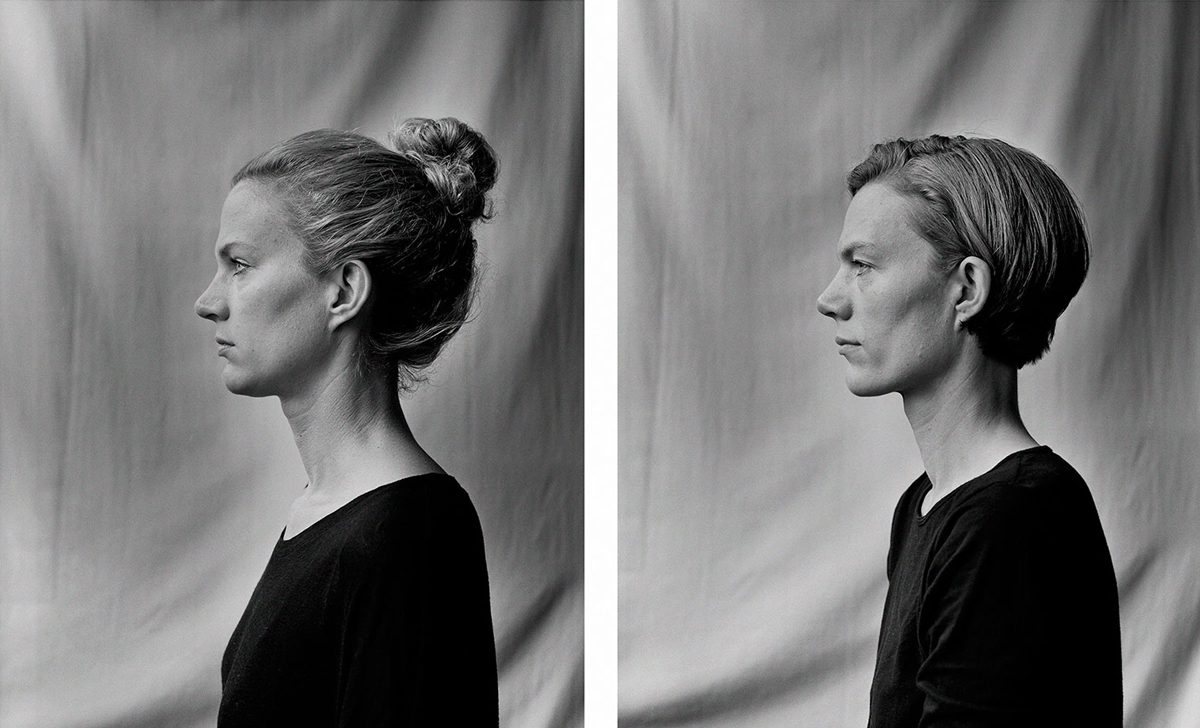
All Same, All Different (2014), shot on Ilford HP5 Plus
How and why did you get started shooting film?
I’ve taken photographs with a film camera since my teens. When I embarked on my BA at the University of Westminster in 2003, shooting on film was still the standard approach to photography making! I started processing my own film in my hometown Vaxjo in the late 1990s and have continued to do so. I first used 35mm film and 120 film, and later sheet film. I now use sheet film for a 5x4” and an 8x10” monorail camera.
I sometimes make photographs using digital cameras but only for documenting my work or for commissions with limited budgets. Shooting on film is important to me as it slows down the process and allows me consider the creation of each photograph before I press the shutter. For large format photography, this slowness is particularly evident and becomes one fundamental element in the dialogue between sitter, camera and photographer. Waiting for the film to be developed and viewed is always nerve-racking. This never change!
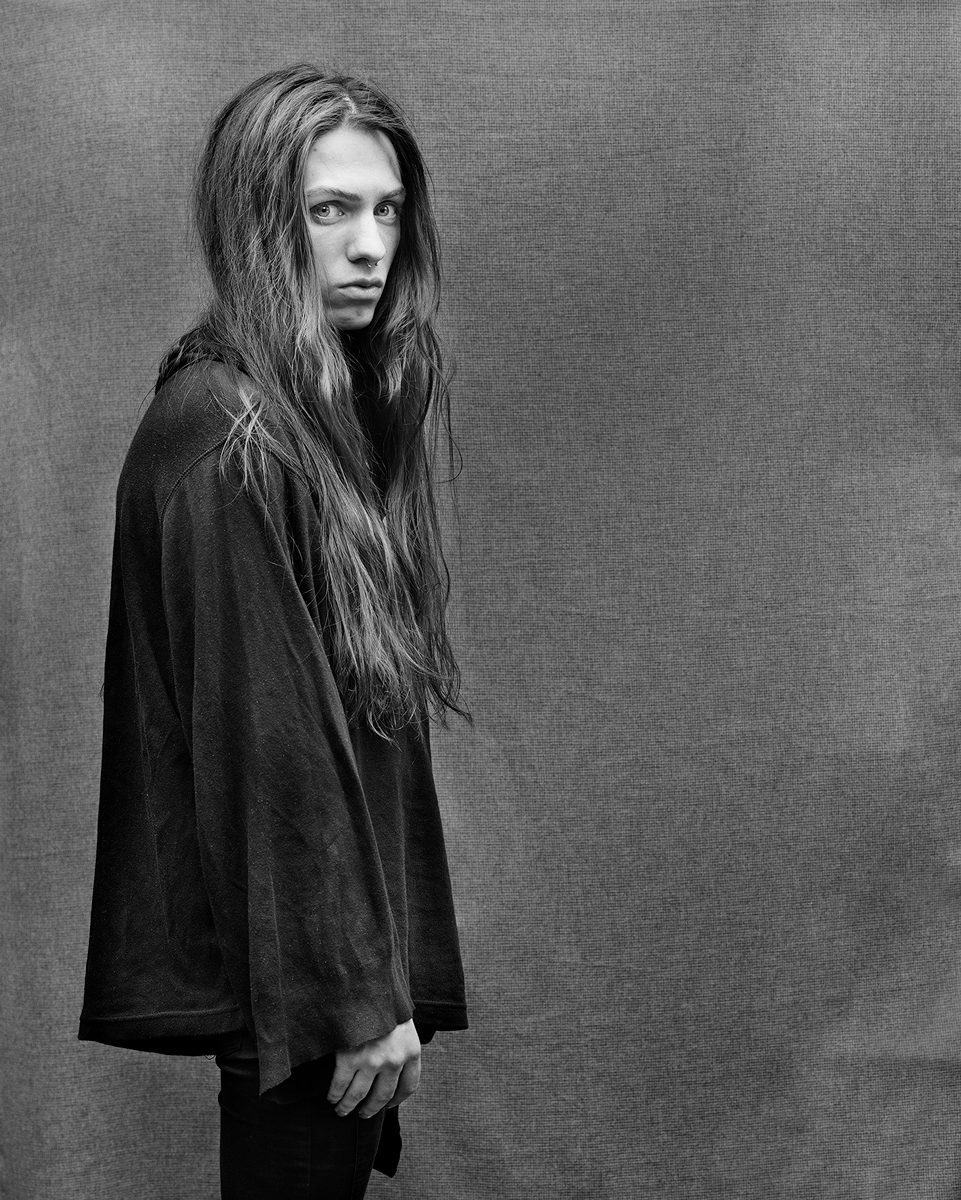
Looking Out, Looking In from The Queering of Photography (2015), shot on Ilford HP5 Plus
Who has been your biggest photographic inspiration to date?
My work is informed by queer portraiture and formalist aesthetics. Photographers that have inspired me include Claude Cahun, Peter Hujar, Collier Schorr and Mark Morrisroe.
What is the best piece of photography tip or advice you have ever received?
Continue to explore your photographic practice regardless of conventions or trends. My work is often perceived as unusually subtle and formal in the context of established queer photography.
What film photography related projects are you currently working on (or are in the pipeline)?
I’m working on a long-term project entitled The Queering of Photography. This work contains many ‘sub-projects’, which all are produced using film (black and white negative film and colour polaroid film). In 2022 I will produce a body of work in conjunction with The Queering of Photography: an experimental piece that will include further experimentation of darkroom printing and the use of polaroids. This new body of work will be developed together with my sitters, and will also include writing and a spoken-word performance.
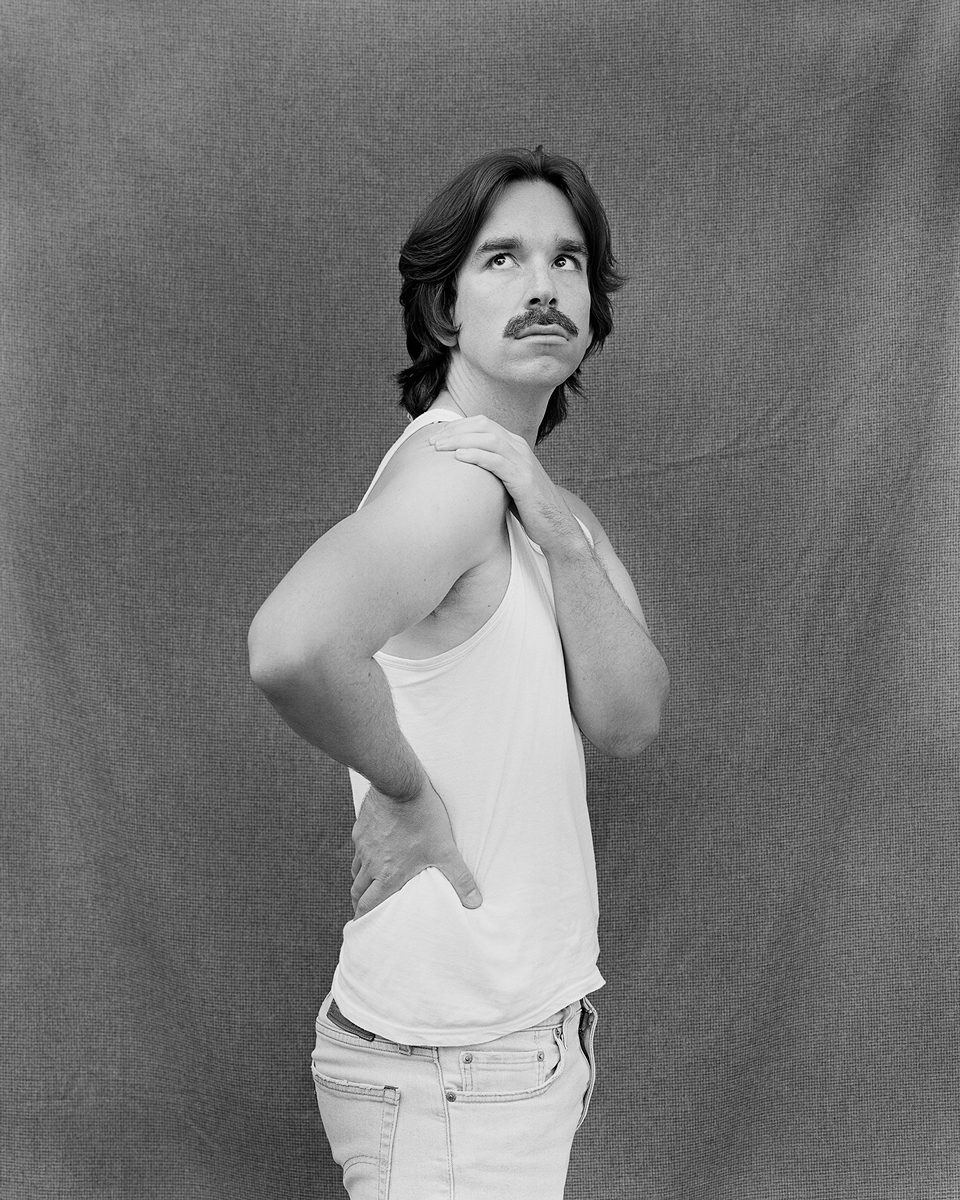
Looking Out, Looking In from The Queering of Photography (2021), shot on Ilford HP5 Plus
What / where is your next shoot and how do you decide what film / kit you will use?
Currently I mainly shoot in an outdoor studio in my garden! So I will have to wait until the light is better. Perhaps in April or May? I will use my 5x4” monorail camera and the very reliable Ilford HP5 Plus.
What are your photographic goals going forward?
My goals going forward includes making more photographs but also writing about the making of photographs. I’m currently writing a book on queer photography and its relation to photographic technique and materiality. The book will be published by Routledge in 2023.
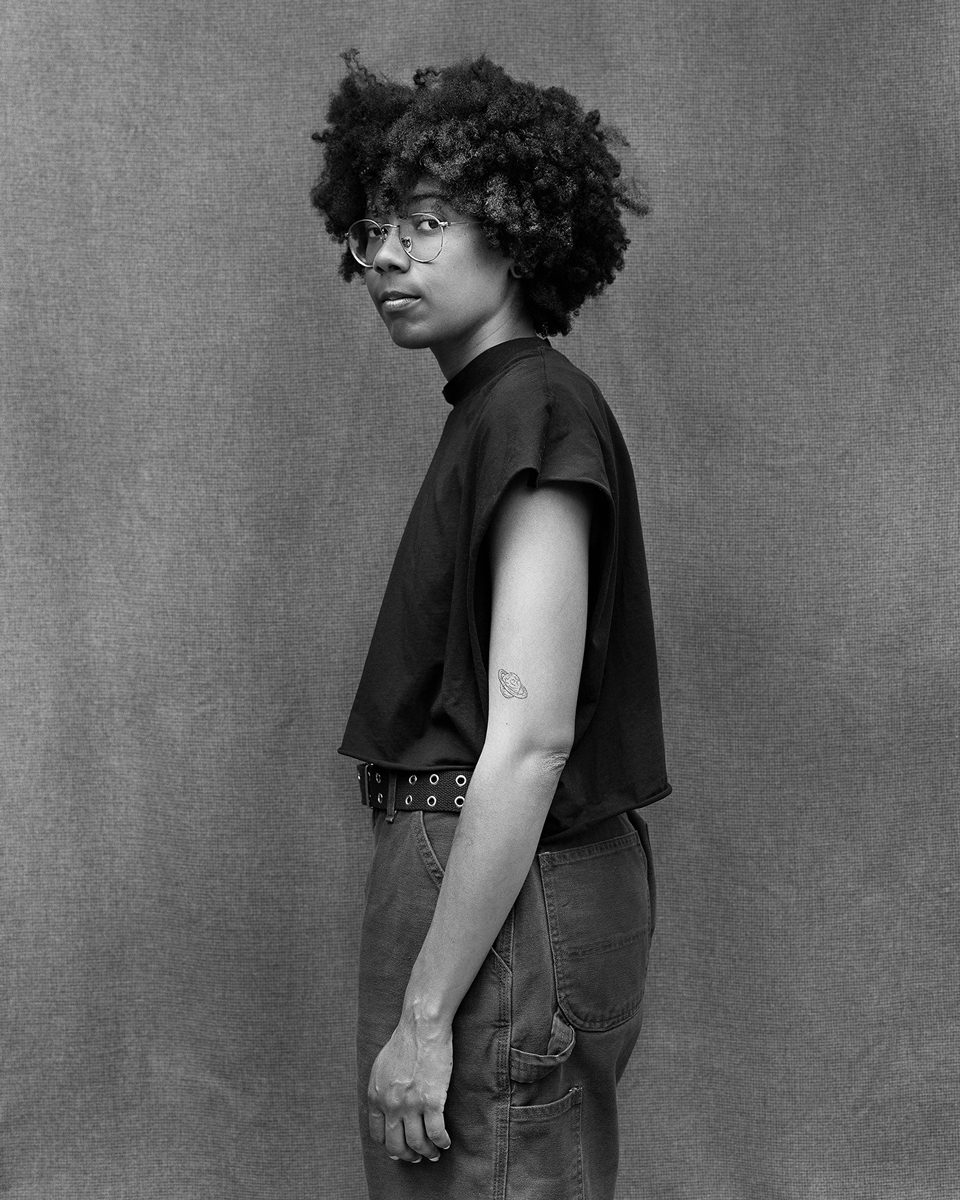
Looking Out, Looking In from The Queering of Photography (2021), shot on Ilford HP5 Plus
Section 2 - Shout outs
We all need a bit of inspiration and love so this is your chance to tell the community about yours – from the film photographers whose work inspires you, the labs you trust with your film, your ‘go to’ film photography stockists, your favourite community darkrooms or just anyone in the community who you feel deserves a special mention.
Give a shout out to your 3 favourite film photographers (not photography hubs) currently active on IG or Twitter and briefly tell us why others should follow them.
Thom Bridge’s work explores the relation between twin-identity and the dualities found in photographic language. His latest exhibition Only Similar or Equivalent at Best presented photographs rooted in a minimalistic aesthetics of formalism. @thom_bridge
Martin Seeds’ work is anchored in analogue technique and appropriation. He explores how photography can be used beyond traditional documentary to address questions of identity, culture and history of Northern Ireland. @martinseeds
Emil Lombardo creates beautiful portraits in black and white. His work An Unending Sunday Morning depicts trans and nonbinary people in London during lockdown. @emil.lombardo
Give a shout out to your favourite photography YouTube channels (apart from the @ilfordphoto one).
My favourite YouTube channel is Art21. This is a non-profit organisation that produces behind-the scenes type documentaries on contemporary artists and how they make their work. I use this a lot in my teaching but it’s also an inspiration source to my own photography.
Give a shout out to your favourite photographic retailers (name, location and website).
Process Supplies in London. They are based in Clerkenwell and also have an online shop. Always knowledgeable, friendly and reliable.
Give a shout out to your favourite lab service, if you have one.
My favourite labs are also based in London. Metro Imaging in Clerkenwell and SW Darkroom in Battersea.
Section 3 - Favourite kit
What film cameras do you own and which is your favourite?
Cambo monorail 5x4” camera and Cambo monorail 10x8” camera. I also have a Hasselblad 500cm which I don’t use much.
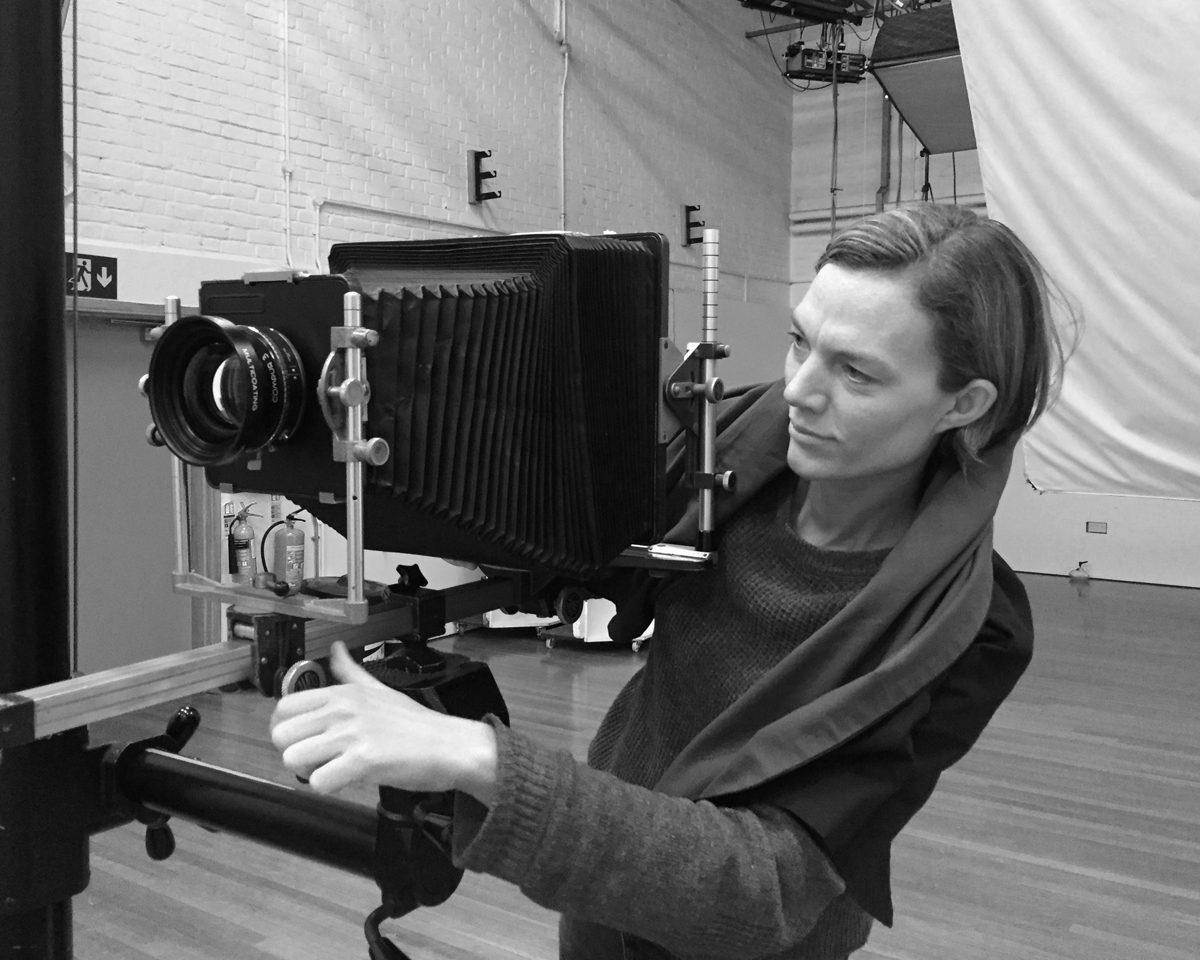
This image depicts me with my Cambo 10x8” monorail camera. Photo credit: Christopher Wilding
Aside from your camera, lenses and film what accessories make it into your camera bag?
A lightmeter, 5x4” darkslides and a film changing bag plus a magnifying loupe to use for viewing the image on camera’s ground glass.
What is the best piece of photography kit you have found or been gifted?
My 180mm f/5.6 Schneider lens.
As this is an ILFORD interview it would be remiss of us not to ask about your favourite ILFORD products. Tell us you favourite ILFORD film, paper or chems and why?
Film: HP5 Plus. This is all I use as its very reliable – it allows for pushing and over developing if needed. Also, I find the film is very fine grained despite its 400 ISO.
Developer: Ilford ID11. I process my sheet film at SW Darkroom http://swdarkroom.com/, using dip and dunk rather than smaller film tanks. I have been using Ilford ID11for the past few years, it lasts long and is a chemistry I trust (though I always develop one sheet first to assess the required dev time).
And finally…
Nominate one other person you think should fill in this form and we will reach out to them
Torz Dallison @torz_dallison
About The Author

Åsa Johannesson
Åsa Johannesson is a Swedish London based artist working across photography, installations and writing. Åsa’s practice examines the relationship between queer identity, representation, and photographic materiality. Rooted in analogue techniques, it draws from historical photographic representations of Otherness, traditional studio portraiture, and personal narratives surrounding the artist’s own tomboy and twin identity. Most recent work, The Queering of Photography, is produced through experimentations using a large format camera. Åsa has an MA and a PhD from the Royal College of Art and is a Senior Lecturer in Photography at the University of Brighton.
Web:https://www.rca.ac.uk/students/asa-johannesson-17327/
Insta: @asajohannes
Photo credit: Christopher Wilding






